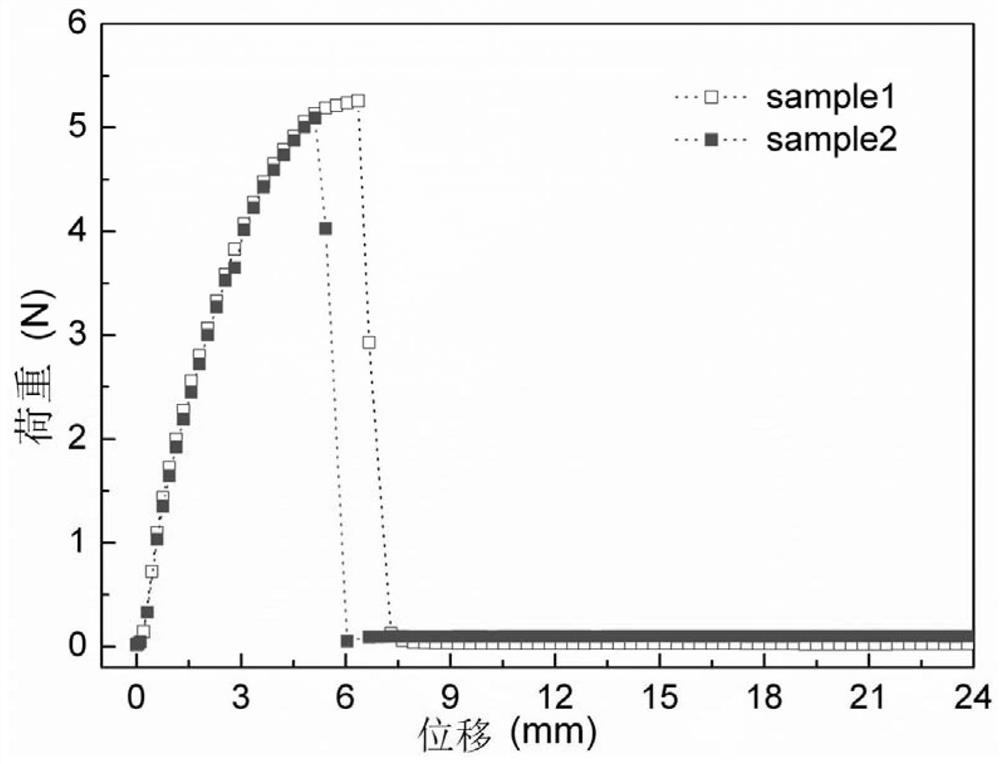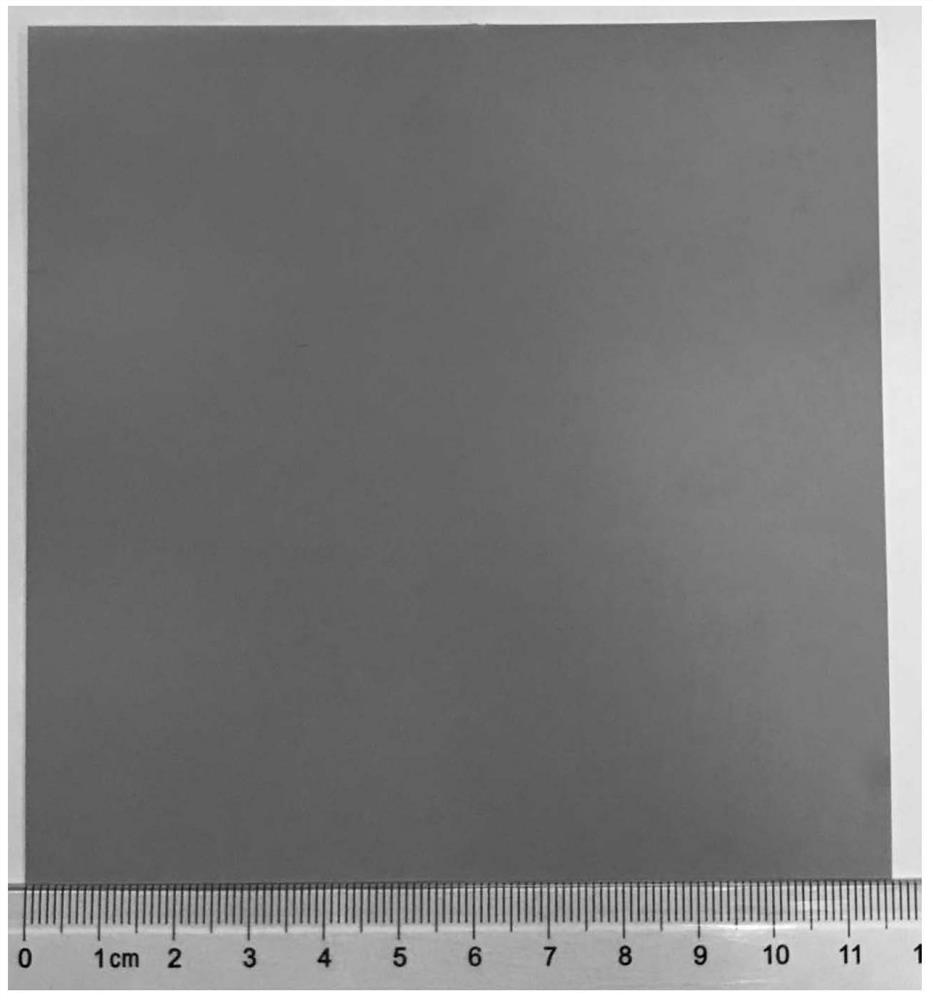Low-temperature co-fired ceramic substrate and preparation method thereof
A technology of low-temperature co-fired ceramics and ceramics, which is applied in the field of functional ceramic materials, and can solve the problems of high surface roughness of green ceramic belts, unsuitability for ceramic powder, and high residue of pyrolytic carbon, so as to achieve strong processing adaptability and controllability High, smooth surface effect
- Summary
- Abstract
- Description
- Claims
- Application Information
AI Technical Summary
Problems solved by technology
Method used
Image
Examples
preparation example Construction
[0045] As a detailed example of preparation of ceramic casting slurry, it includes: (1) mixing raw materials including ceramic powder, solvent and dispersant, and then performing primary ball milling. The mass ratio of the mixture of ceramic powder, solvent and dispersant to grinding body may be 1:(3-4). The rotating speed of the initial ball milling can be 50-90 rpm, and the time can be 4-12 hours. (2) Add binder and plasticizer to the slurry obtained after primary ball milling, and perform secondary ball milling. The rotating speed of the secondary ball milling can be 60-120 rpm, and the time can be 12-24 hours. (3) Vacuum defoaming the slurry after secondary ball milling to obtain the ceramic casting slurry. Wherein, the parameter of vacuum defoaming can be -30~-42kPa.
[0046] The ceramic casting slurry is tape-casted to prepare a ceramic tape-cast green tape. The thickness of the ceramic cast green tape obtained in the present invention may be 20-200 microns, preferab...
Embodiment 1
[0053] This embodiment provides a processing method for electronic ceramic casting slurry, the processing method comprising the following steps:
[0054] (1) Ca-B-Si-O system (42%CaO-26%B 2 o 3 -32% SiO2 2 ) Ceramic powder, solvent, and dispersant are first ball milled for 6 hours. The mass ratio of the raw material to the grinding body is 1:3. The solvent used is butanone / ethanol, and the amount added to the casting slurry is 80% of the mass of the ceramic powder. The dispersant is MALIALIM (AKM0531, Japan), and its addition is 1% of the mass of the ceramic powder;
[0055] (2) Adding a binder into the ball milling jar, and performing a second ball milling for 16 hours to obtain a ceramic casting slurry. The binder used is polymethacrylate (M6003, Japan), and its addition amount is 12.5% of the mass of the ceramic powder. The plasticizer is butyl benzyl phthalate (BBP), and its addition amount is 2.5% of the mass of the ceramic powder.
[0056] The ceramic tape casti...
Embodiment 2
[0065] Refer to Example 1 for the preparation process of the electronic ceramic casting slurry in Example 2, except that the content of polymethacrylate is 5 wt%. Using the ceramic casting slurry prepared in this embodiment, a ceramic green tape with a thickness of 120 microns was cast on a fully automatic casting machine. Among them, the ceramic raw porcelain has partial cracks, which cannot be completely peeled off from the PET carrier film, and the tensile strength and flexibility are also poor.
PUM
| Property | Measurement | Unit |
|---|---|---|
| particle size | aaaaa | aaaaa |
| thickness | aaaaa | aaaaa |
| tensile strength | aaaaa | aaaaa |
Abstract
Description
Claims
Application Information
 Login to View More
Login to View More - R&D
- Intellectual Property
- Life Sciences
- Materials
- Tech Scout
- Unparalleled Data Quality
- Higher Quality Content
- 60% Fewer Hallucinations
Browse by: Latest US Patents, China's latest patents, Technical Efficacy Thesaurus, Application Domain, Technology Topic, Popular Technical Reports.
© 2025 PatSnap. All rights reserved.Legal|Privacy policy|Modern Slavery Act Transparency Statement|Sitemap|About US| Contact US: help@patsnap.com



